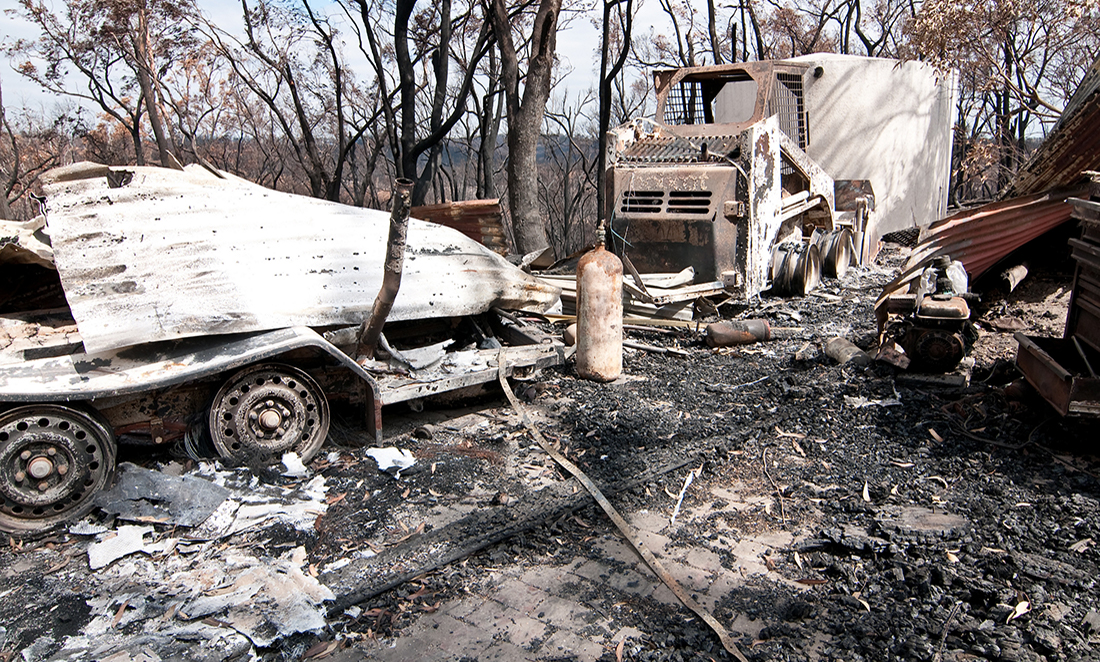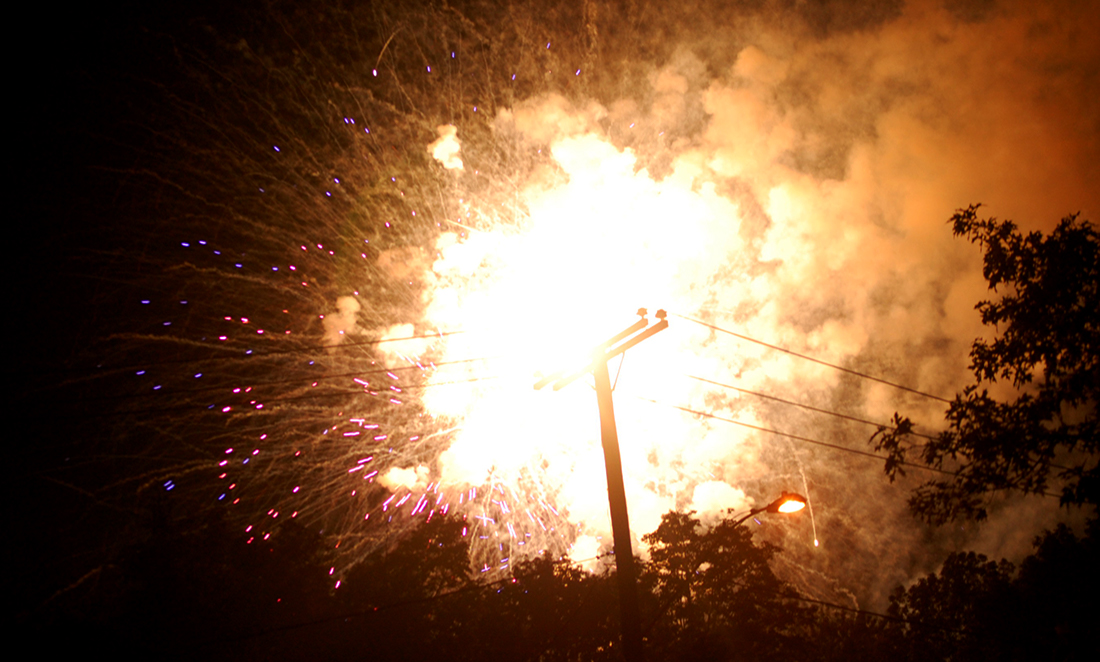Just before midday on Saturday 7 February 2009 in rural Victoria, a power line failed.
What followed was the most devastating bushfires Australia has ever seen. 173 people were killed in the Black Saturday bushfires. Hundreds more were injured, and billions of dollars’ worth of property was destroyed.
The reality is, catastrophes of this nature aren’t that far away.

Globally, most of the energy infrastructure that we rely on every day is over 35 years old. Like most things, age has not improved its functionality. Of course, there are some protective measures in place to prevent widespread damage.
“But unfortunately,” says Dr Ahmed Abu-Siada of Curtin University, “sometimes these fail.”
Another massive bushfire burned through Tathra in NSW early in 2018, again the result of a faulty power line. It was a miracle that no one died.
There are people who work to prevent these sorts of catastrophes. Maintenance crews fly helicopters alongside high voltage power lines, getting up close to visually inspect infrastructure bit by bit.
A much safer approach to maintenance is to take assets offline and then assess them for faults. The inconvenience of a power outage is a small price to pay for non-faulty power lines, right?
But now an innovation from Ahmed has the potential to do away with these inconvenient, time-consuming and dangerous practices—and also save us a whole lot of money.
VALUABLE, INNOVATIVE, ONLINE
ViON is real-time monitoring software that can alert us to the early warning signs of power failure—from the safety and comfort of a desk chair.
Electrical network assets such as transformers (used in the transmission of energy from power stations to consumers) have unique energy fingerprints. These are elliptical patterns—a visual representation of the energy going in and out of the transformer.

Minor changes in the shape of this ellipse are early warnings that something is not quite right.
ViON’s algorithm will detect any changes to these fingerprints, signalling that there may be an imminent failure of a power line. We are then able to step in, isolate the faulty asset and fix it up before we suffer a blackout or worse.
Along with saving lives, this software could save us money. The current cost of monitoring and maintenance is exorbitant, let alone the money required to replace assets when they are in fact broken.
FUTURE POWER
ViON works, and we know it could be useful—it’s even been written about in peer-reviewed journals.
The input data necessary for the software is easily accessible. It already exists in the network, it’s simply not being used. Additionally, no extra hardware needs to be installed. Theoretically, ViON could be up and running today.
But we’ll only begin to benefit from ViON once people start to use it out in the real world, and for this, Curtin University is looking for commercial partners.
“The next necessary step is to test it in the field to help refine the software and make it increasingly accurate.”
Ahmed suggests that, in the future, there may be applications for ViON in residential living. It may allow us to detect inefficiencies and reduce how much we spend on electricity, as well as potentially reducing insurance premiums. If we’re all at lower risk of bushfires, perhaps we’ll be charged less to insure our homes and belongings.
If you’re thinking that sounds incredibly useful and wondering why anything like this hasn’t been developed before, you’re not alone. I asked Ahmed the very same question, but curiously, there doesn’t seem to be any real reason why.
All we can hope is that field trials forge ahead and produce the convincing results necessary for ViON to be adopted near and far. Because if it could help avoid another Black Saturday, surely it’s worth investing in.








